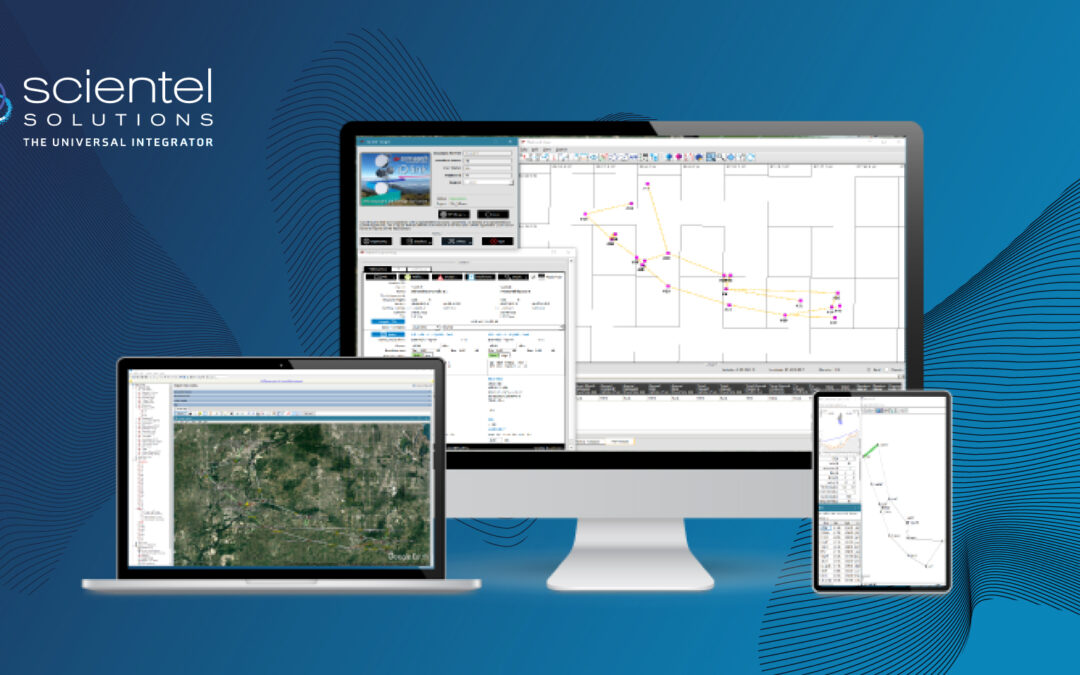by Mike Hardy, Radio Frequency Engineer
For almost a hundred years, RF calculations were done longhand. RF engineers of a certain age recall being mentored by the mighty engineers of that era, mental giants regarded with awe, who had crossed continents on airwaves via pencil and helped put people into space.
While the core RF concepts remain little changed, the design tools themselves have certainly taken off. Deciding which tool is appropriate for your organization can become a challenge. Where does one begin?
The broad spectrum of available RF tools reflects the wide array of scenarios where wireless technology can be applied, so a primary consideration is that the selected tool(s) should support your specific use cases. For typical point-to-point or point-to-multipoint design work, Pathloss has a long path record and remains a solid choice, though various alternatives offer certain niche conveniences.
We recently compared some of the differentiating characteristics between LINKPlanner, iQlink, and Pathloss and offer the following information to help support your project-specific needs.
LINKPlanner has the benefit of being a free tool, however, it only works with Cambium equipment. Setup is simple, with solid documentation. The design process is equally simplified, and there is limited backend customization (read: fewer data handles, but safer for the novice). The Site and Link tables are robust and offer the ability to modify multiple designs simultaneously. There is advanced Google Earth integration featuring one-click export & open, including visual Fresnel modeling. An outstanding feature is the automated BOM creator. Interference is not modeled but can be accounted for by inputting static noise floor values per site. If you are using Cambium gear, then LINKPlanner is the obvious choice for most work. The question becomes whether the tool warrants going with Cambium when you otherwise might not.
iQlink from Comsearch, is the priciest of these three, though there is a free version (limited to 25 links). You can use the tool with any equipment that you can wrangle into it. The labyrinthine setup process requires some handholding, with the documentation being less helpful than others. Once configured, the design process is complex. With effort, basic Sites/Paths can be output in several formats, including kmz. Interference modeling is robust, made possible by the extra effort upfront in the radio and antenna table setups. If spectrum management and doing your own frequency coordination are on your to-do list, iQlink may reward the extra effort required to use it.
Pathloss is the mid-priced option and offers the most flexibility. Gear specs are entered or imported into tables and can be easily modified ad hoc during design. Setup is reasonably straightforward, with dense documentation. The design process includes some well thought out automated tools that are real-time savers, with the backend being highly configurable. Site and Link tables are handy, though somewhat limited in scope and function. The Network View supports toggling of groups, and designs can easily be output in kml and other formats. Report generation is fully featured and flexible.
These three tools are just a small sample of the RF design products that are available. At the end of the day, the best tool is the one that supports your RF application and your workflow, and of the tools I’ve seen Pathloss continues to shine for basic PTP work.

